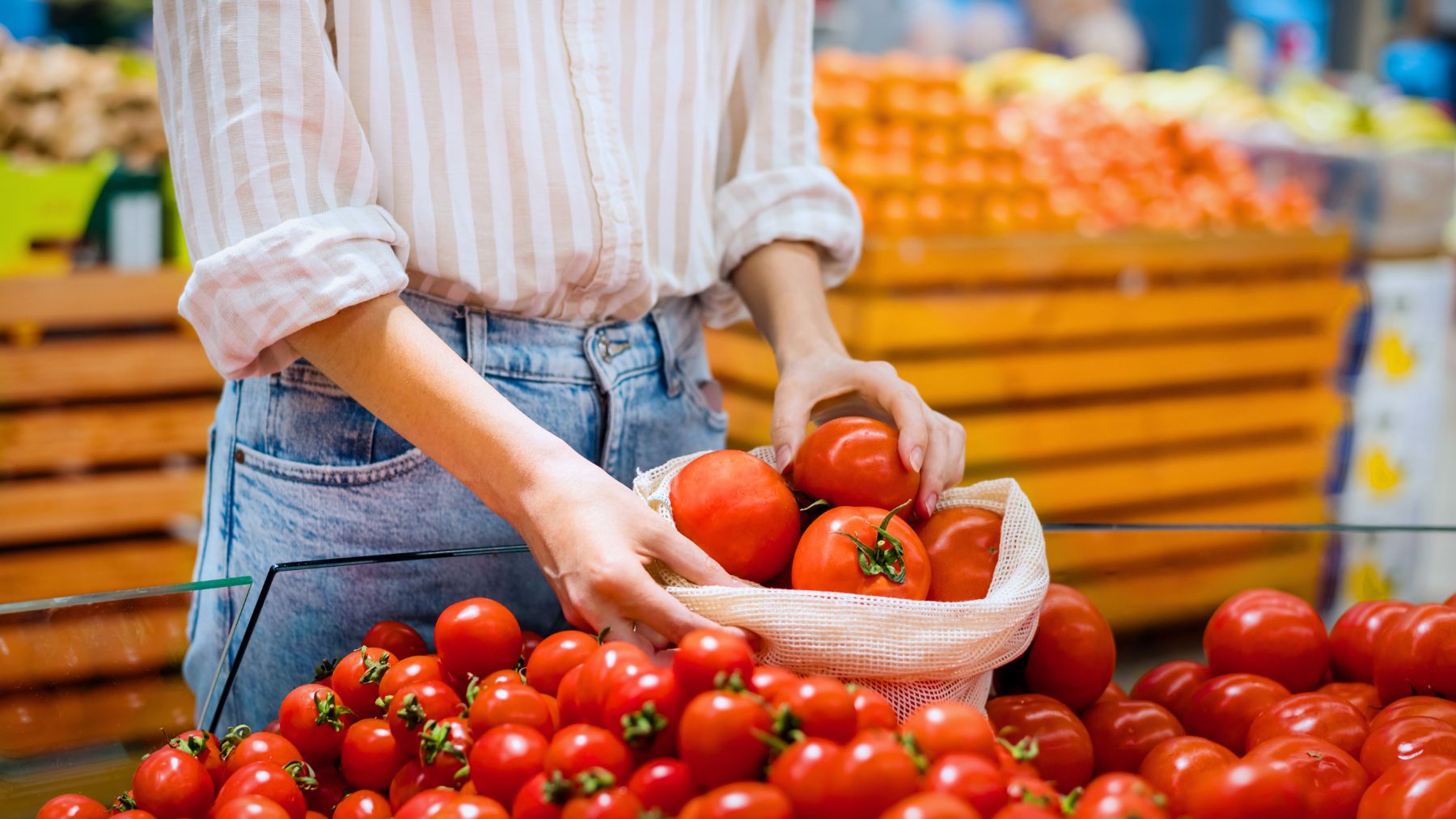Tomatoes go straight from the grocery store to your plate very often. Whether you’re making a salad, a sauce, or slicing them for sandwiches, it’s worth taking a closer look at how you’re washing them, as pesticide residue isn’t visible, and scrubbing too hard can bruise or break the skin.
Here, we’ll cover the most effective way to clean tomatoes without damaging them. We’ll also look at a few other cleaning methods that are safe and easy to try at home, as well as some simple storage tips to help your tomatoes stay firm, flavorful, and ready to use whenever you need them.
How to wash tomatoes without damaging the skin
Tomatoes might not always look dirty, but that doesn’t mean they’re clean. Even though they’re not on this year’s “Dirty Dozen” list, they’ve made appearances in the past, mostly due to their thin, edible skin. It doesn’t take much to get them clean, but it’s easy to overdo it if you’re not careful.
The safest and most effective method is running water and gentle friction. Rinse each tomato under cool, running water while rubbing the skin lightly with your fingers. That helps remove dirt and some surface pesticide residue without tearing the skin. For firmer tomatoes like Romas, you can use a soft produce brush if needed. For softer varieties like grape or cherry, skip the brush.
Avoid using soap or dish detergent. According to the FDA, soap can be absorbed through the skin and may cause digestive issues if ingested. If you want an extra layer of cleaning, a baking soda soak is a good option. Mix one teaspoon of baking soda for every two cups of water. Soak your tomatoes for about 10 to 15 minutes, then rinse thoroughly and dry with a clean towel.
Another alternative is a vinegar rinse. Use a mix of one part white vinegar to three parts water, soak the tomatoes for 5 to 10 minutes, rinse, and dry. This can also help with surface residue, but may leave a slight taste if not rinsed thoroughly.
The area around the stem is worth a little extra attention. Dirt and bacteria can hide in that small crevice, so make sure to gently rub it clean during your rinse. Once washed, dry your tomatoes with a clean cloth or paper towel to remove moisture that could lead to mold.
More tips to store and preserve your tomatoes
Once your tomatoes are clean, storing them right can help keep them tasting fresh. The key is knowing the type of tomato and how ripe it is.
- Keep whole, ripe tomatoes at room temperature: Storing them on the counter preserves flavor and texture. Avoid the fridge unless they’re starting to get too soft.
- Refrigerate only when overripe: If they’re about to turn, refrigerating can buy you a couple more days. Let them come to room temperature before eating to bring back some of the flavor.
- Keep cherry or grape tomatoes in a container, not sealed: Use a breathable container or leave the lid slightly ajar. This helps prevent moisture buildup and mold.
- Cut tomatoes should always be refrigerated: Wrap them tightly or store them in an airtight container. Eat within a day or two for the best taste.
- Freeze only for cooking: Freezing changes the texture, so only freeze tomatoes you’ll use in soups or sauces later.
Tomatoes are easy to work with, but sometimes require a little care. Wash them gently, dry them well, and store them depending on how soon you’ll use them.

